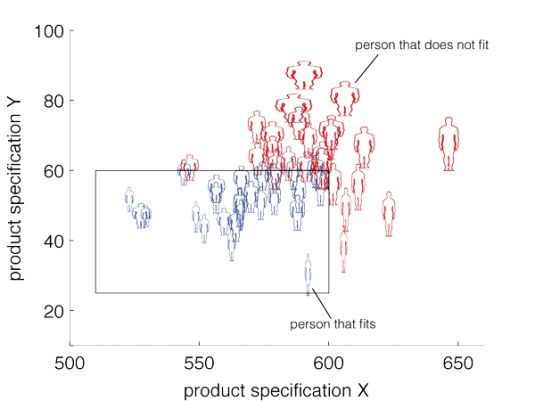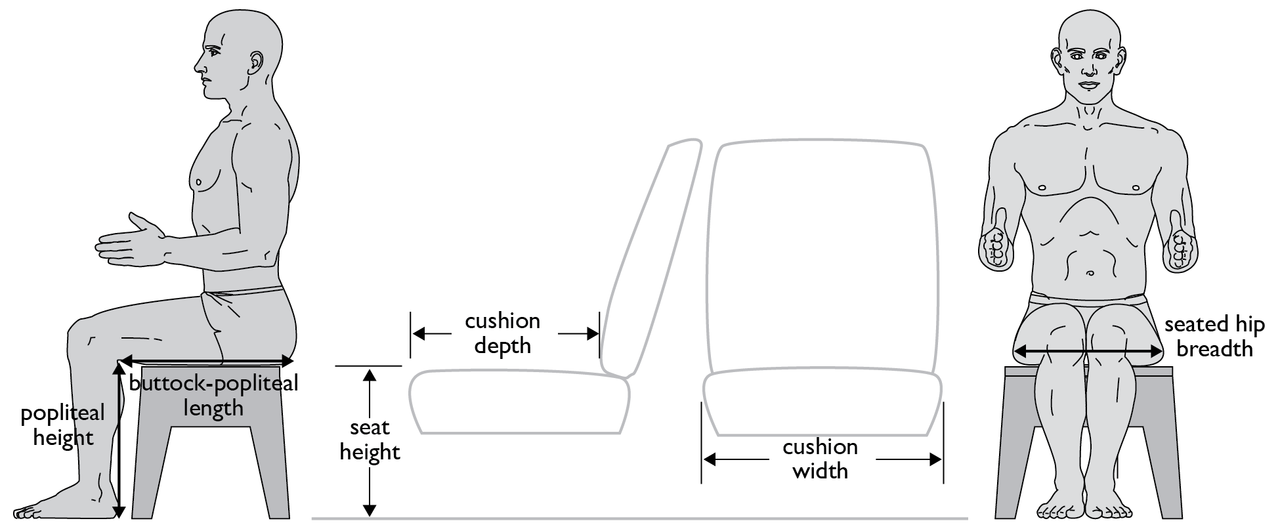by mbp11 | Jan 19, 2015 | Publications
Anthropometric data from children are important for product design and the promulgation of safety standards. The last major detailed study of child anthropometry in the USA was conducted more than 30 years ago. Subsequent demographic changes and the increased...
by mbp11 | Jan 1, 2014 | Publications
Design for Human Variability (DfHV) is a DfX activity that supports the design of artifacts, tasks, and environments that are robust to the variabilty in their users. This requires an understanding of the body size and shape of the target user population....
by mbp11 | Jan 1, 2014 | Publications
Design for Human Variability (DfHV) is the practice of designing artifacts, tasks, and environments that are robust to the variability in their users. Designs often incorporate adjustability and/or offer several sizes to account for the different requirements of the...

by mbp11 | Oct 16, 2013 | Publications
From simple color-coding to more intricate forms like the “Chernoff face”, glyphs are a means of visualizing multidimensional data. The spatial design of products for their users presents a unique opportunity for using glyphs as a visual metaphor for encoding data,...

by mbp11 | Aug 19, 2013 | Publications
When considering the needs of global populations, variations in overall body size and shape create an interesting situation for designers: should products designed for global markets achieve accommodation through a single variant, or should multiple variants—each...

